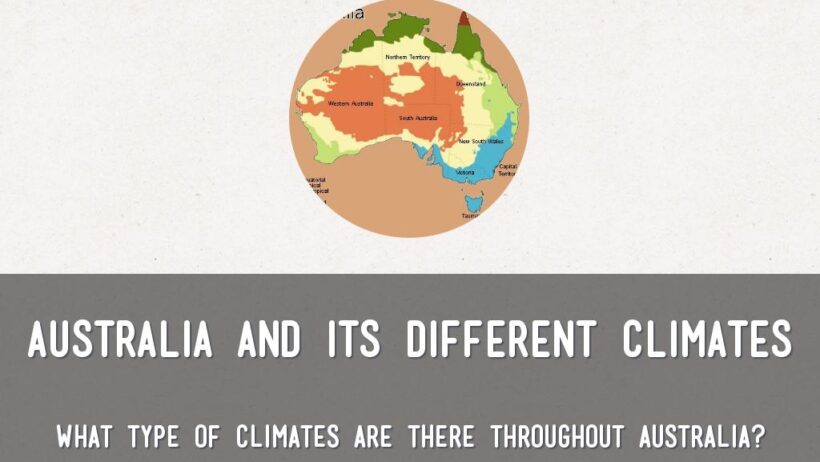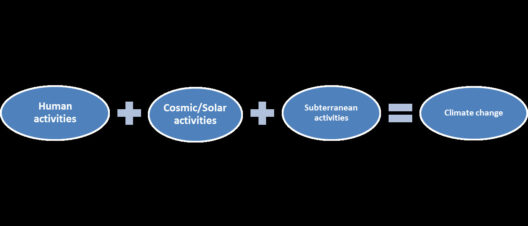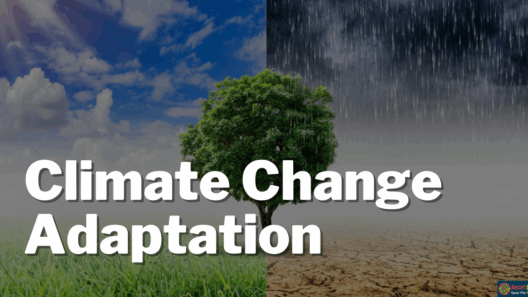Australia is an expansive landmass characterized by an astonishingly diverse range of climates. From the arid deserts of the interior to the humid rainforests of the east coast, the climatic zones of Australia profoundly influence its ecosystems, agriculture, and human activities. Understanding these climates not only fosters appreciation for this magnificent continent but is also critical for sustainable management and future planning.
In this article, we will explore the various climatic zones that define Australia, their unique characteristics, and their implications on habitation and biodiversity.
Australia’s Climatic Zones: An Overview
Australia can generally be divided into five primary climatic zones—tropical, subtropical, temperate, arid, and polar. These regions manifest distinct seasonal patterns, temperature ranges, and precipitation levels, all shaped by geographical factors such as elevation and latitude.
The expansive North is governed by a tropical climate, while the Southeast experiences a temperate zone. The interior, or “Outback,” is predominantly arid, making it one of the driest regions, while the southwestern parts enjoy a Mediterranean climate. Each zone contributes uniquely to the fabric of Australia’s natural world.
Exploring the Tropical Climate: Heat and Humidity
The tropical climate of Australia is primarily found in the northern region, which includes cities like Darwin and Cairns. This zone receives abundant rainfall during the wet season, typically spanning from November to April, when lengthy downpours characterize the weather. The dry season, from May to October, features warm temperatures coupled with lower humidity levels. This climatic dichotomy creates an environment that supports diverse ecosystems, such as mangroves and coral reefs.
However, the tropical climate also poses challenges, particularly with extreme weather events. Cyclones can rampage through northern Australia, leading to devastating impacts on communities and natural landscapes. Climate change amplifies these risks, making it critical for local populations to adapt and mitigate adverse effects.
Diving into the Subtropical Zone: A Balance of Warmth and Rain
Adjacent to the tropical zone is the subtropical region, encompassing areas such as Brisbane and parts of New South Wales. Characterized by warm, humid summers and mild, drier winters, this climate is ideal for agriculture, particularly for crops such as sugarcane and citrus fruits. The subtropical environment offers fertile soils, supporting both commercial farming and diverse ecosystems.
However, the subtropical climate also faces its share of challenges, including droughts and flooding, which can disrupt agricultural productivity and threaten water supplies. As climate patterns shift, understanding the nuances of this zone becomes increasingly vital for effective land management and agricultural practices.
Temperate Climate: The Four Seasons
The temperate climate of southeastern Australia, including regions such as Melbourne and Sydney, experiences four distinct seasons. This variability leads to moderate temperatures, with warm summers and cool winters. Rainfall occurs throughout the year, although patterns can fluctuate. The temperate zone supports lush forests, vineyards, and a wealth of wildlife.
Yet, the temperate climate grapples with challenges like bushfires during hot, windy summers, and water resource management becomes crucial. Awareness and preparedness are essential for residents and policymakers alike to navigate seasonal variability while maintaining ecological balance.
The Arid Zone: A Dance of Extremes
The vast arid zone, occupying much of the central and western parts of Australia, is a defining feature of the continent. This region is characterized by low precipitation, high temperatures during the day, and significant temperature drops at night. Iconic landscapes such as the Red Centre, home to Uluru, showcase the unique beauty of this climate, with its stark contrasts and resilient flora and fauna.
Life in the arid zone necessitates adaptability and resourcefulness. Indigenous peoples, notably the Aboriginal Australians, have inhabited these deserts for millennia, developing deep connections to the land and knowledge of sustainable living practices. As climate change intensifies, even the seemingly pervasive arid environments are susceptible to shifts that threaten biodiversity and traditional ways of life.
Mediterranean Climate: A Unique Ecological Niche
Australia’s southwestern corner, particularly around Perth, features a Mediterranean climate. With hot, dry summers and mild, wet winters, this zone supports unique ecosystems that aren’t found elsewhere in Australia. The presence of fynbos and other endemic species showcases the area’s ecological richness.
However, urbanization and agricultural intensification have led to habitat loss and water scarcity in this region. Sustainable practices, conservation efforts, and stringent water management policies are paramount to preserving the delicate balance of life in the Mediterranean zone.
Polar Climate: A Distant Touch
While polar climates in Australia are not as extensive as in other continents, the Australian Antarctic Territory showcases the chilling realities of higher latitudes. This remote area is predominantly icy and inhospitable, contributing to important scientific research on climate change and ecosystem dynamics.
Research highlights how changes in polar regions can have far-reaching effects on global systems. Both terrestrial and marine ecosystems in these regions require continual monitoring as shifts can yield meaningful insights into climatic trends affecting the entire planet.
In conclusion, Australia’s climates offer a rich tapestry of environments that are both breathtakingly beautiful and intricate in their ecological interconnections. Understanding these dynamics is essential for informed decision-making regarding land use, environmental conservation, and climate adaptation strategies. As Australia navigates the complexities of climate change, it is incumbent upon its populace to advocate for sustainable practices that respect and sustain its unique natural heritage.








